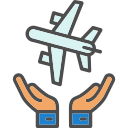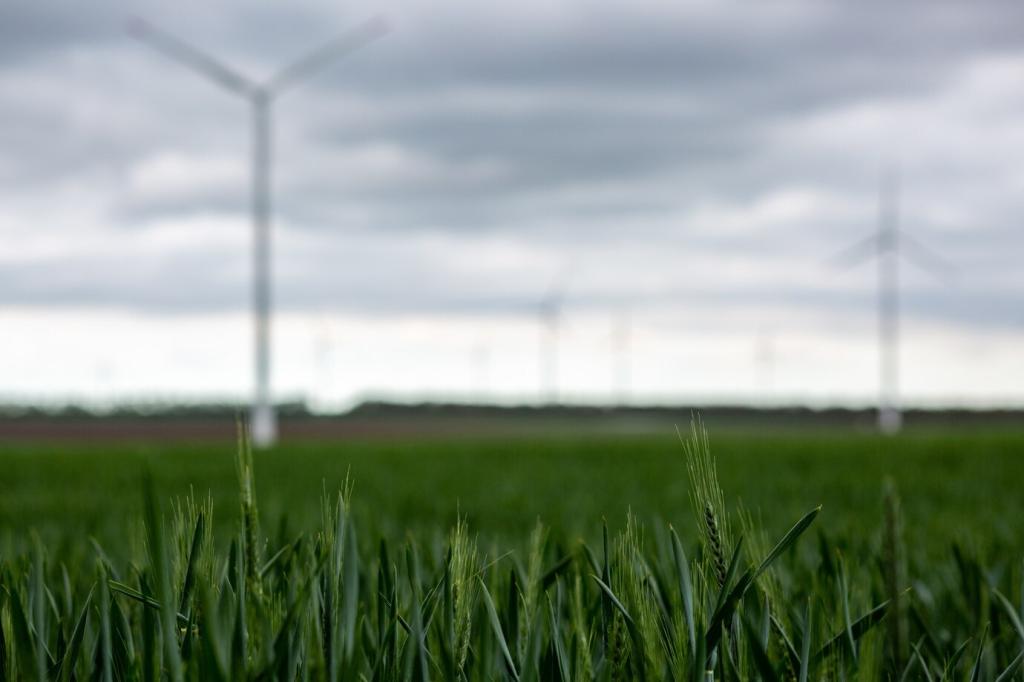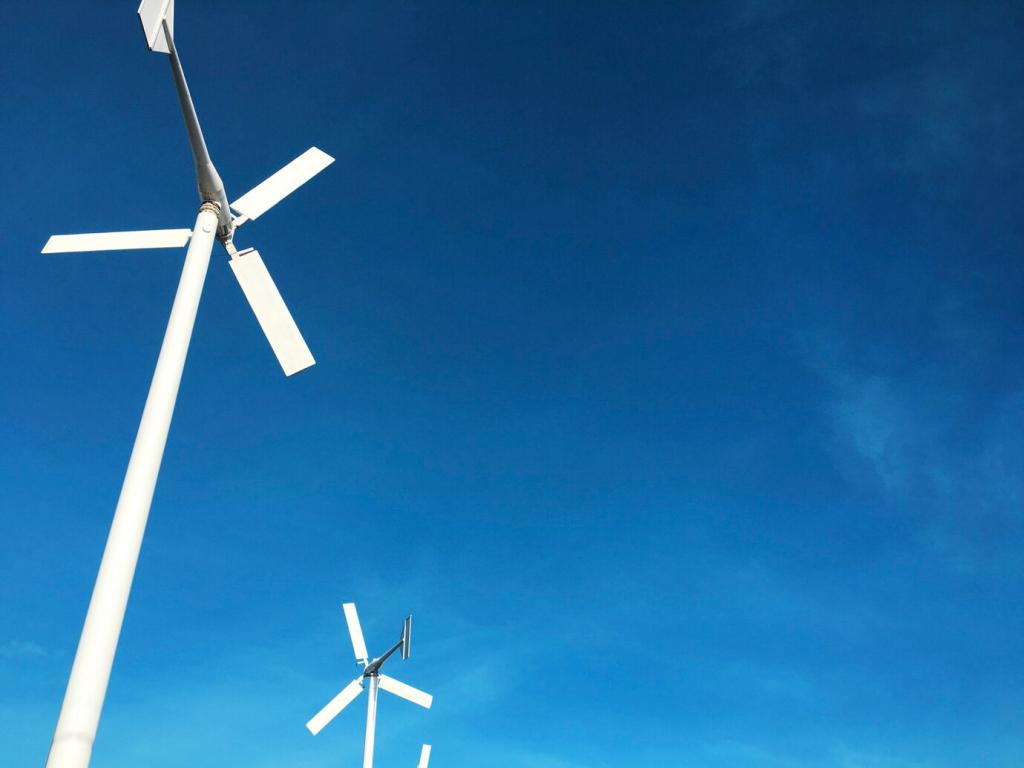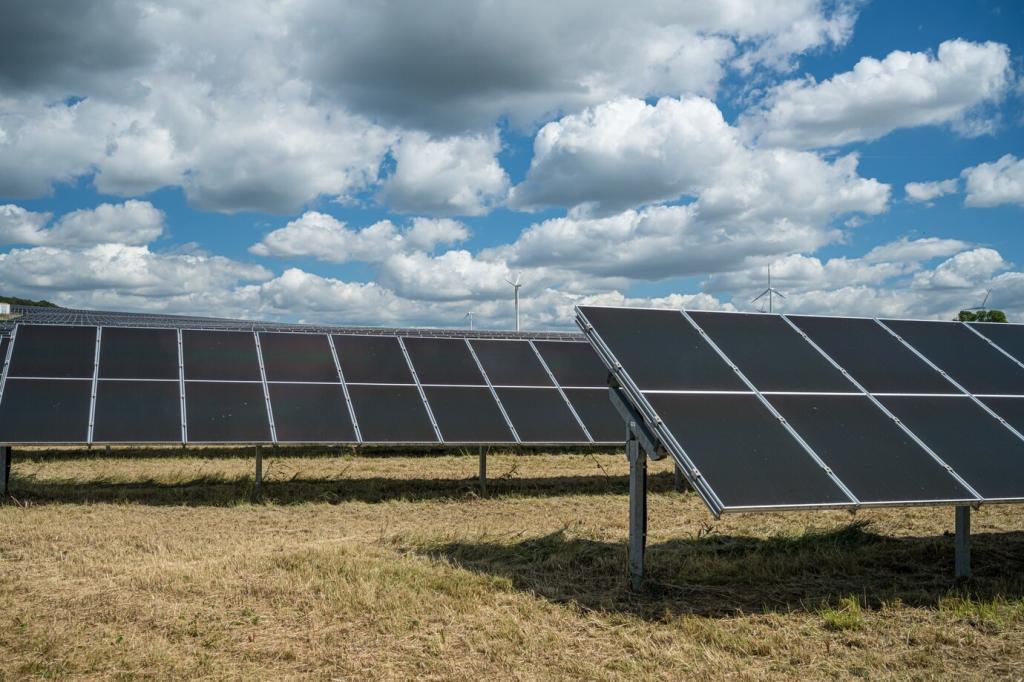Ethics, Regulations, and Responsible Flight
Keep distances, altitudes, and approach angles conservative. Fly shorter missions, avoid hovering over nests, and prefer cooler hours. If animals show alert behaviors, land immediately. Comment with your species list, and we’ll share vetted disturbance thresholds and cues.
Ethics, Regulations, and Responsible Flight
Know your authority’s rules, from visual‑line‑of‑sight to maximum altitude and no‑fly zones. Build time for permits and community notifications. Ask for our pre‑flight compliance checklist to streamline approvals without delaying urgent conservation work on the ground.





